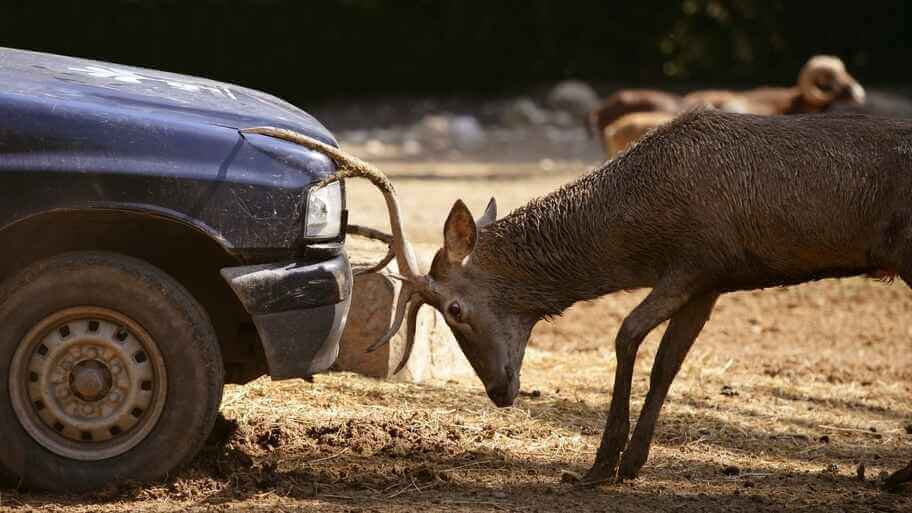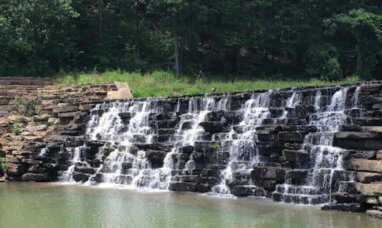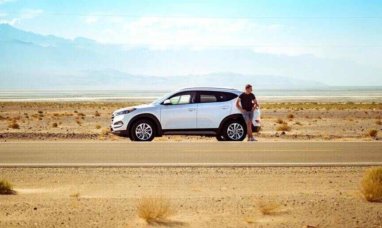Deer-car accidents can be fatal or cause harm. They are likely to take place towards the end of the year. This is the time when animals are roaming and hunters are out hunting. Besides being a risk to your well-being and vehicle, an accident involving a deer can be expensive for you if you lack the right cover. Here, we explore the right cover for car vs. deer accidents and how deer season affects automobile insurance.
Car vs. Deer Accident Stats
Sadly, deer-related accidents are more common than you may think. There will almost certainly be a red deer accident today, for example. Highway hypnosis is real, and motorists suddenly coming face-to-face with an animal might have little time to stop safely.
According to the National Association of Insurance Commissioners and State Farm, about 1.5 million deer, moose, and elk are struck by vehicles every year. These numbers result in $1 billion in losses and affect one out of 169 drivers.
Does liability car insurance cover hitting a deer? The answer, unfortunately, is no. Liability insurance typically only covers damage caused to another party—whether it be personal injury or property damage. As the financial consequences of hitting a deer would be entirely your own, liability insurance would not apply.
Nonetheless, comprehensive insurance will cover damage to your car. You’ll be covered as long as you have the right kind of insurance to get your car fixed if it is damaged after a collision. Comprehensive insurance is recommended for all drivers, except if your vehicle is of little value.
CTPL vs. Comprehensive Insurance
Compulsory Third Party Liability or CTPL is the primary insurance coverage. It is a requirement of the Transportation Office when you register a vehicle. The insurance covers medical expenses, disablement, or the death of a person caused by an accident that involves your vehicle. It does not cover you or your vehicle.
However, comprehensive insurance covers damages to your car caused by anything else apart from a collision. Your vehicle will be protected against damage from a run-in with a deer, being broken into, destruction by a tornado, or even a collapsing garage.
It is safe to say that comprehensive insurance is designed to repair your vehicle for damages caused by anything besides a collision. Thus, you may need both comprehensive and collision insurance for your new car.
Remember, comprehensive insurance makes sense only if your vehicle is not old and depreciated. If you’re unsure, speak with an insurance provider to get a sense of whether coverage would be worthwhile for you.
How Much Would You Pay for Comprehensive Coverage?
Comprehensive coverage, in general, adds $160 to $300 to the annual car insurance premium. Selecting a higher deductible can lower the premium cost.
However, shopping comparatively for the best insurance terms will save you money on your car insurance. Although all insurers look at similar factors, they each have a ‘secret sauce’ in setting rates.
So, shopping around will help you decide whether to stick with your current insurer or move to a new one. It will also help save you money in the long run.
Trouble Spots
In these five states, you are most likely to have a collision with an elk, moose, or deer. Here are the chances of a crash, according to State Farm.
-
-
- 1/44 – West Virginia
- 1/63 – Montana
- 1/68 – Iowa
- 1/70 – Pennsylvania
- 1/73 – Dakota
-
These rates may change based on winter weather, deer population, or better roads. Although November is the peak of trouble spots, October, November, and December are comparatively worse than the other months of the year. These are the breeding months, and the males are traveling and hunting for partners, or the whole herd is migrating.
Other trouble spots are the hours of dusk to dawn. Animals are more active then, and more likely to dash across the road in front of your car. As always, your best bet is to practice defensive driving and to be alert to any potential dangers that may arise as you drive.
How Do You Improve Your Odds?
You can improve your odds of not hitting an animal if you follow these safety tips;
-
-
- Deer will usually move in groups, so if you see one animal, expect others. Slow down.
- Use high beams at night and only dim for oncoming traffic. You will see the road ahead more clearly.
- Take extra care when driving in areas known for deer herds.
- Do not swerve to any side when you come upon a deer. Swerving will most likely send you into oncoming traffic and cause more problems.
-
Should the Worst Happen
Sadly, no matter how hard you try, accidents occur. An animal can dash into the road without warning, and you have no chance of stopping. If you have had an accident, take the following steps:
-
-
- Move the vehicle off the road and turn on hazard indicators to warn drivers coming up behind you.
- If possible, call the police and take pictures of damages to the vehicle or any injuries to passengers for insurance purposes.
- The animal may not be dead and may run away. In such a case, get a picture of the hair or blood to prove the animal’s involvement.
- If there are eye-witnesses, take their names and contacts. If they are willing to wait for the police to arrive, let them recount what happened.
- No matter how negligible you may think the damage to your vehicle is, check carefully to ensure the vehicle is safe to drive. Check for broken lights, loose parts, leaking fluid, or damage to the tires. If need be, call a tow truck.
- If the animal is lying around, be careful not to approach it.
-
Final Thoughts
Deer are common all across the country, even in urban areas like Manhattan! It never hurts to be prepared, even if you do practice safe driving. So, get the right insurance policy to reduce your chances of being injured or having uncompensated expenses. If you or someone you know has a run-in with a deer on the road its best to have the best insurance possible to protect your finances.
Featured Image: Megapixl








